I have been studying a bit since my last post on the subject of stand development and have put in place some comment I received. As such, here a follow-up on my experiences with the stand development process.
I was not completely sure about the performance of the Fomapan film when stand development, so I thought I would give some Ilford film a go. This time I used 35mm FP4 which I shot in my Leica M2 with the 7Artisans 35mm f/2 lens, and 120 HP5 in my Yashica 124G.
This time I wanted to try a more thorough test so for each scene I shoot both film at box speed, the underexposed by ~one and then two stops. I ending up shooting the FP4 at 125, 200 and 400 and the HP5 at 400, 800 and 1600 ISO. All the shots were metered with the Lumu app.
I had a little stroll in my village, it was a dull and drizzly day so I was not expecting great contrast or beautiful skies, but it didn’t matter as it was purely a test of the process.
What I was not happy with from the previous tests were the bromide drag on the 35mm film and the poor quality and consistency of the results. The first batch of film was very dark – they seemed underexposed, but I think they were just underdeveloped. The second time some images were acceptable but still many of them were still very dark. It was a mixed bag, really.
In order to rectify these two points, I decided to go for a full stand development (non semi-stand like the time before) for one hour hoping for a bit more consistency and less bromide drag.
I have to admit that I was quite pleased with the results. So, here below a few images of this trial.
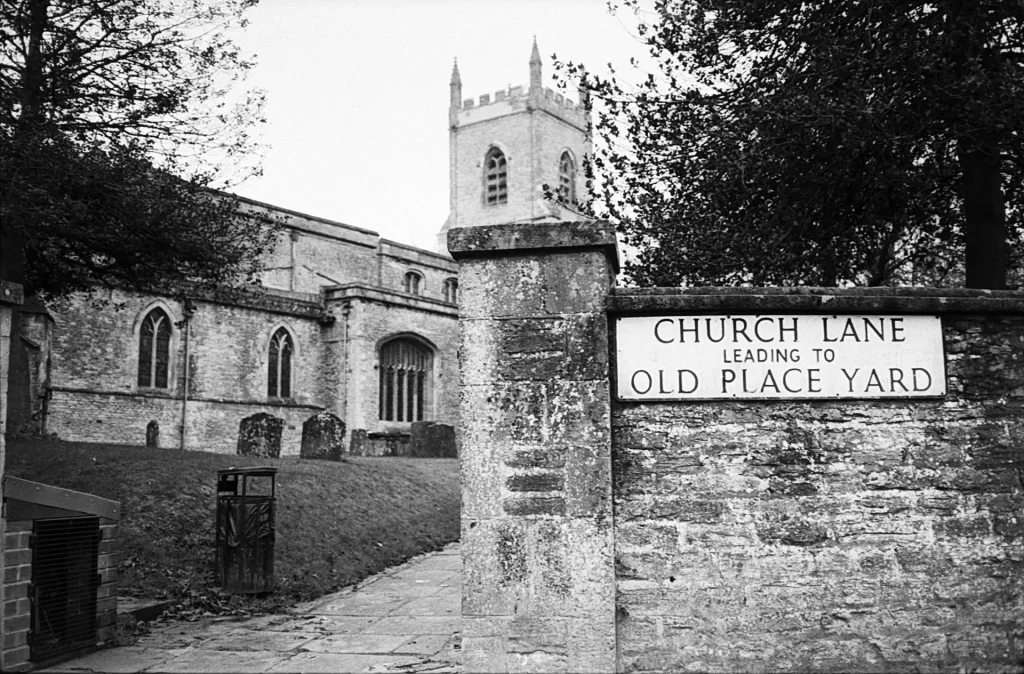
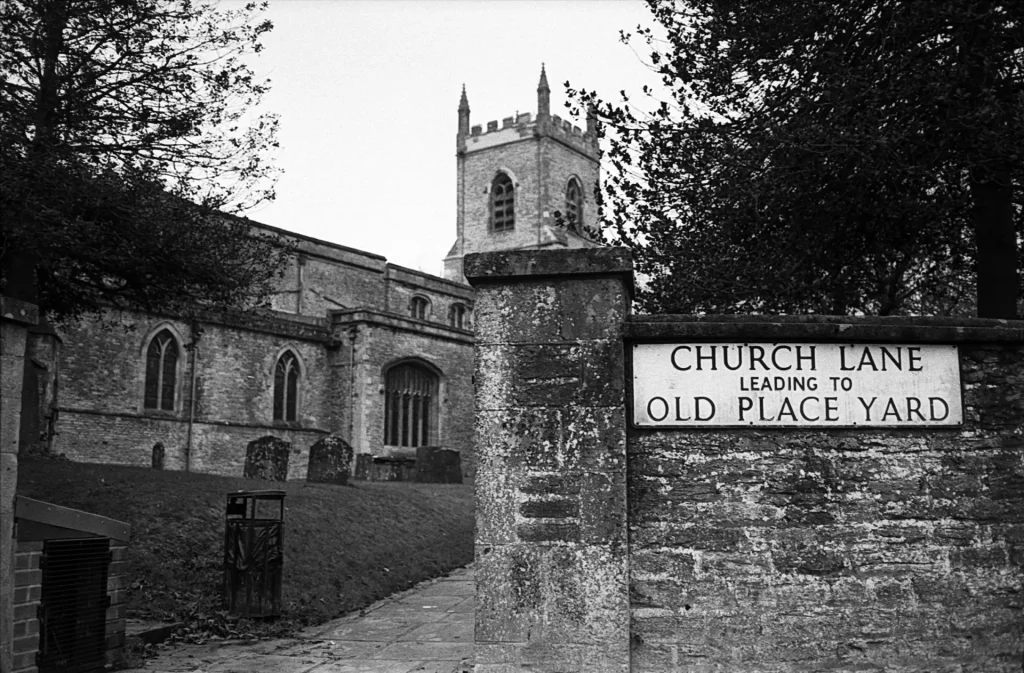
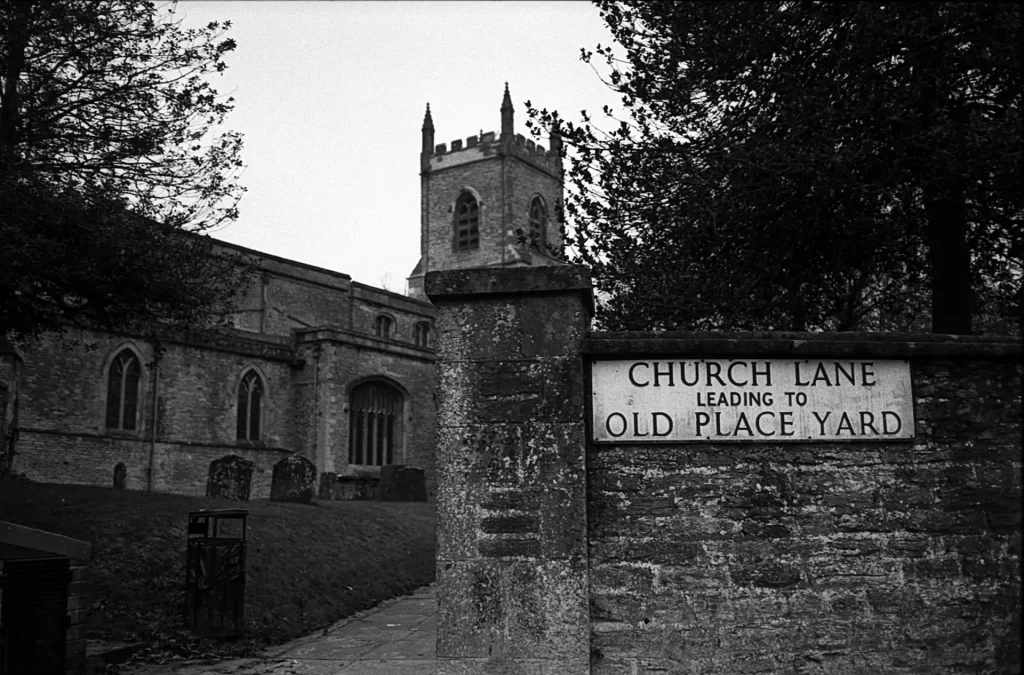 FP4 – 400 ISO
FP4 – 400 ISO
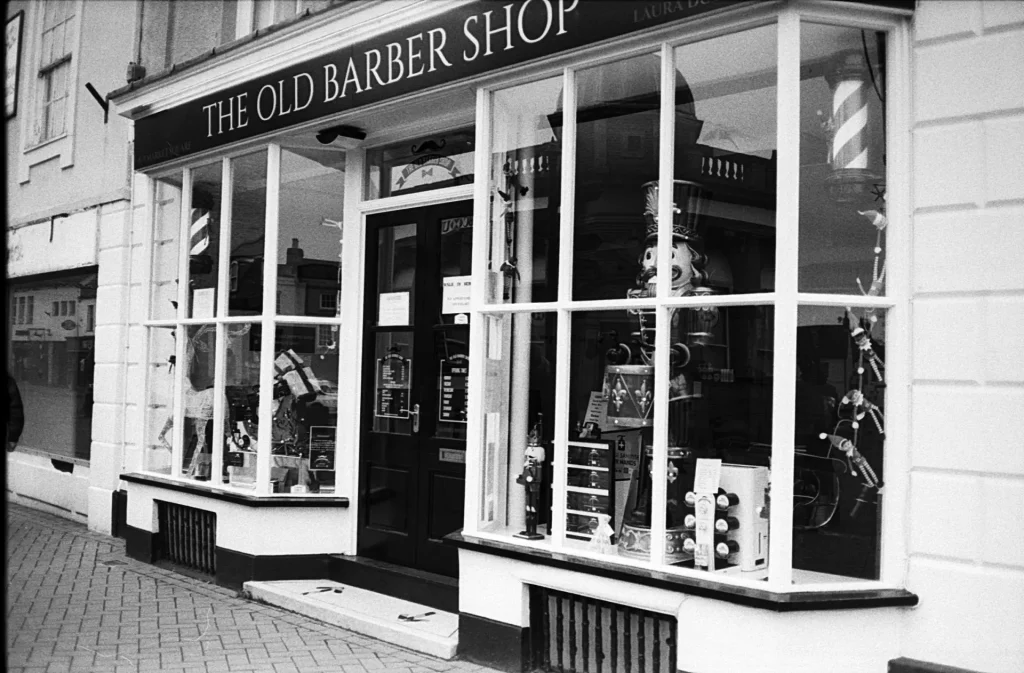
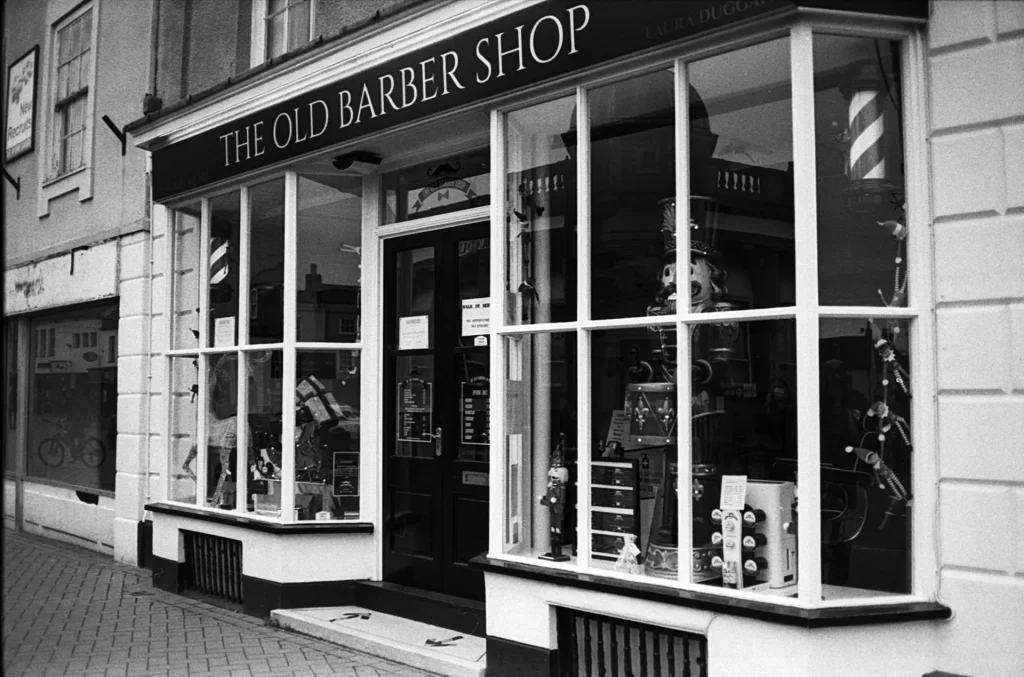
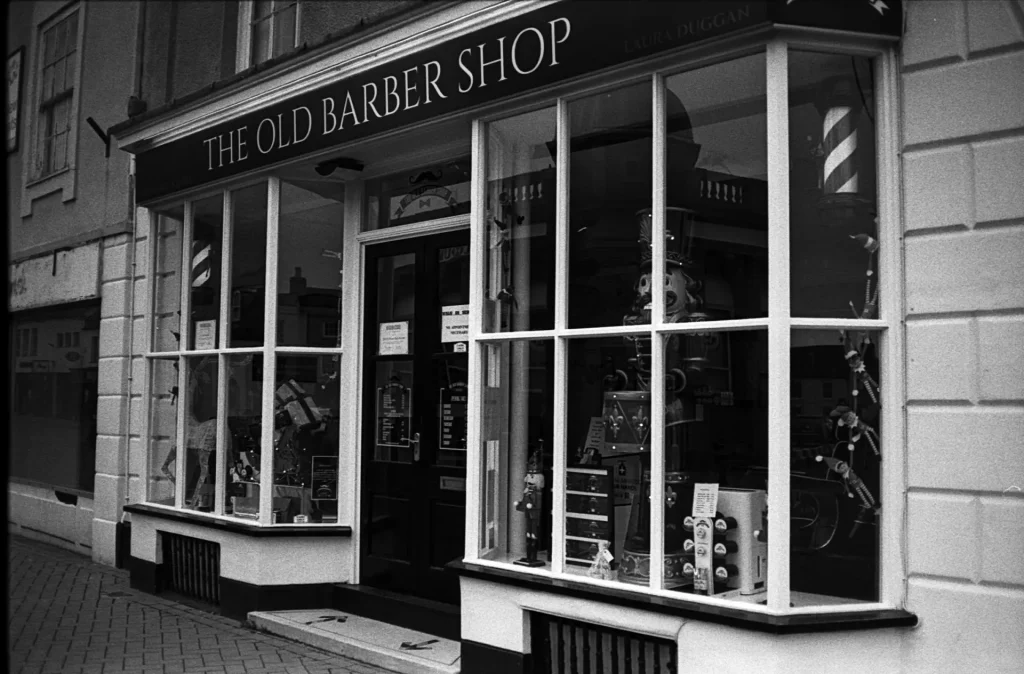
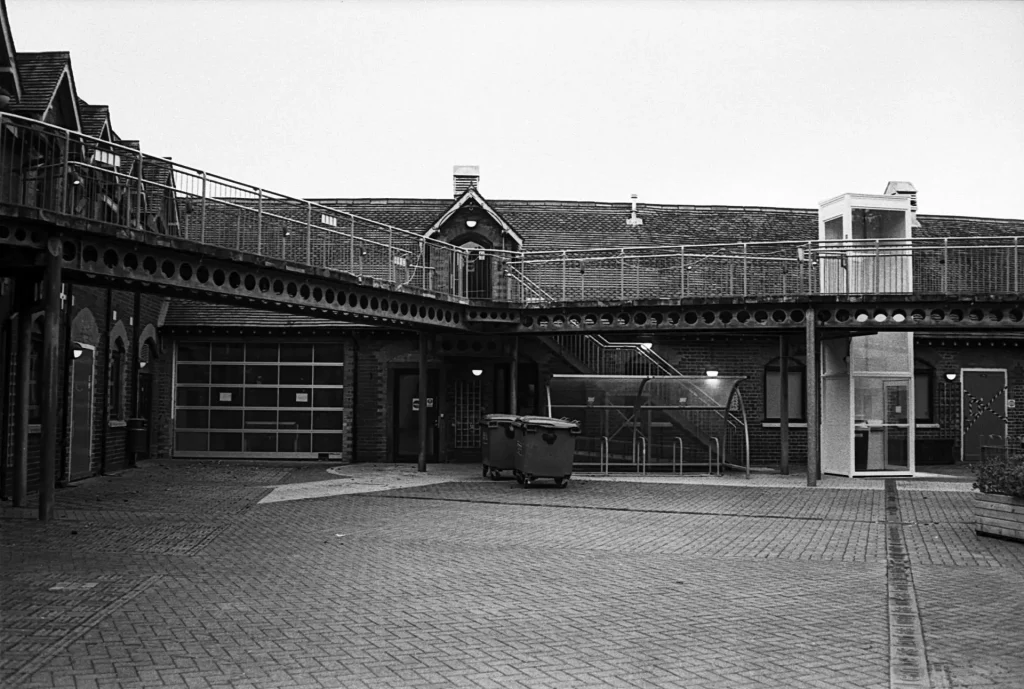
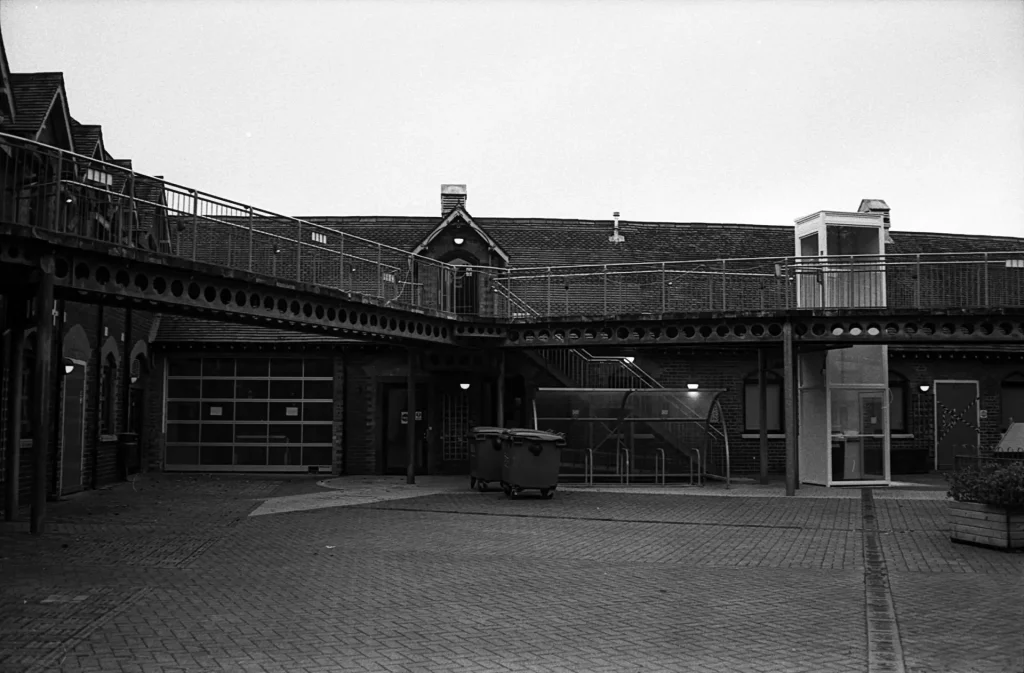
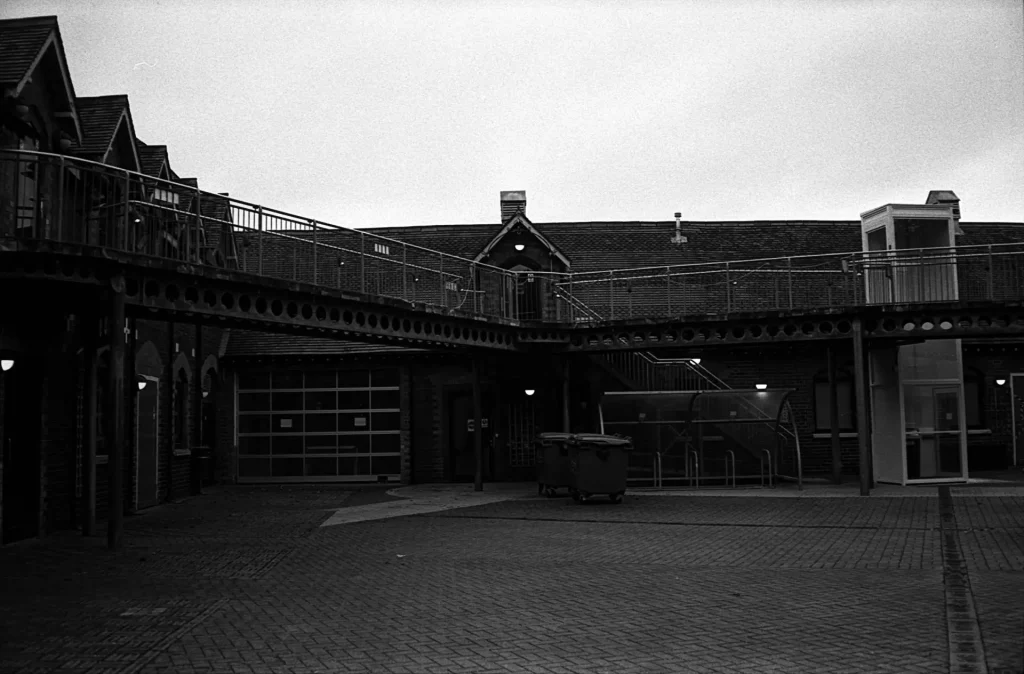
These are just some images from the FP4 film. I am quite happy with the results. As usual, lovely grain grey tones from Ilford. All the images have not been post processed, apart from a little haze correction.
Here below the images from the medium format HP5.
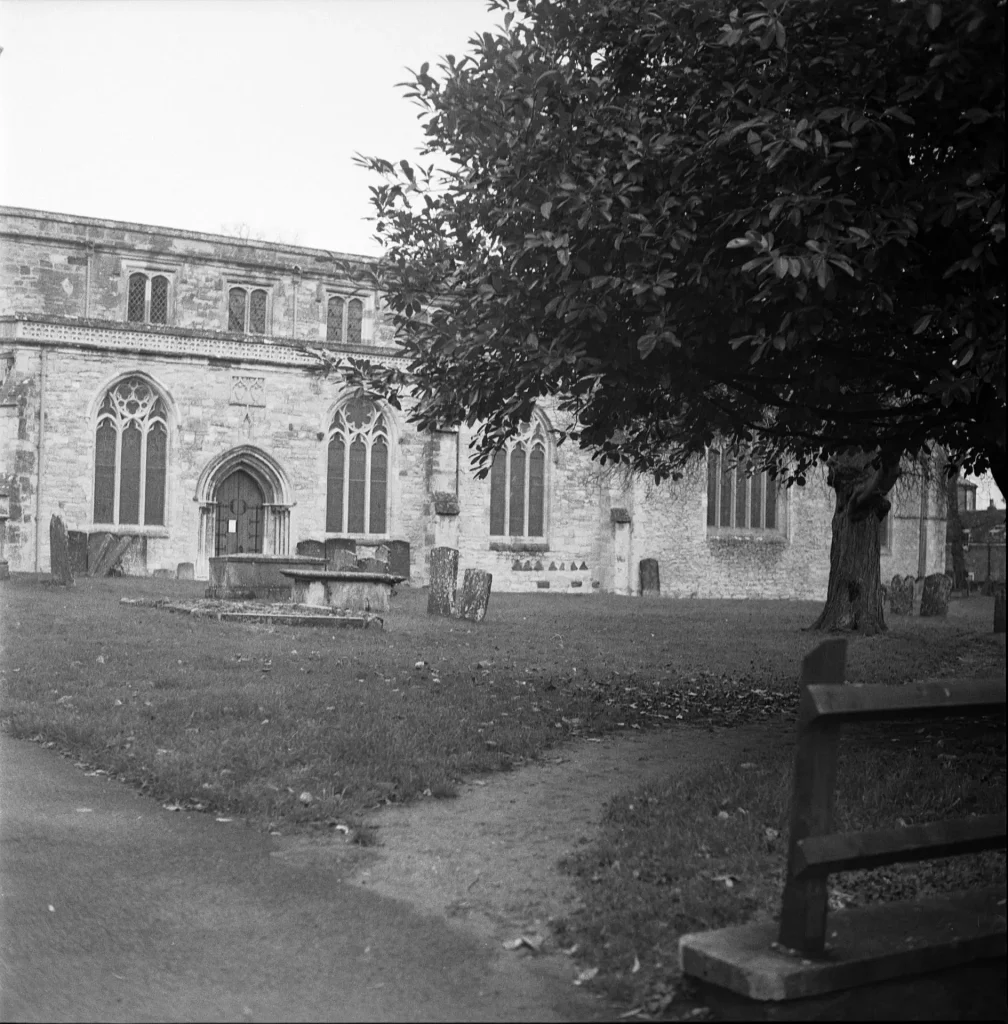
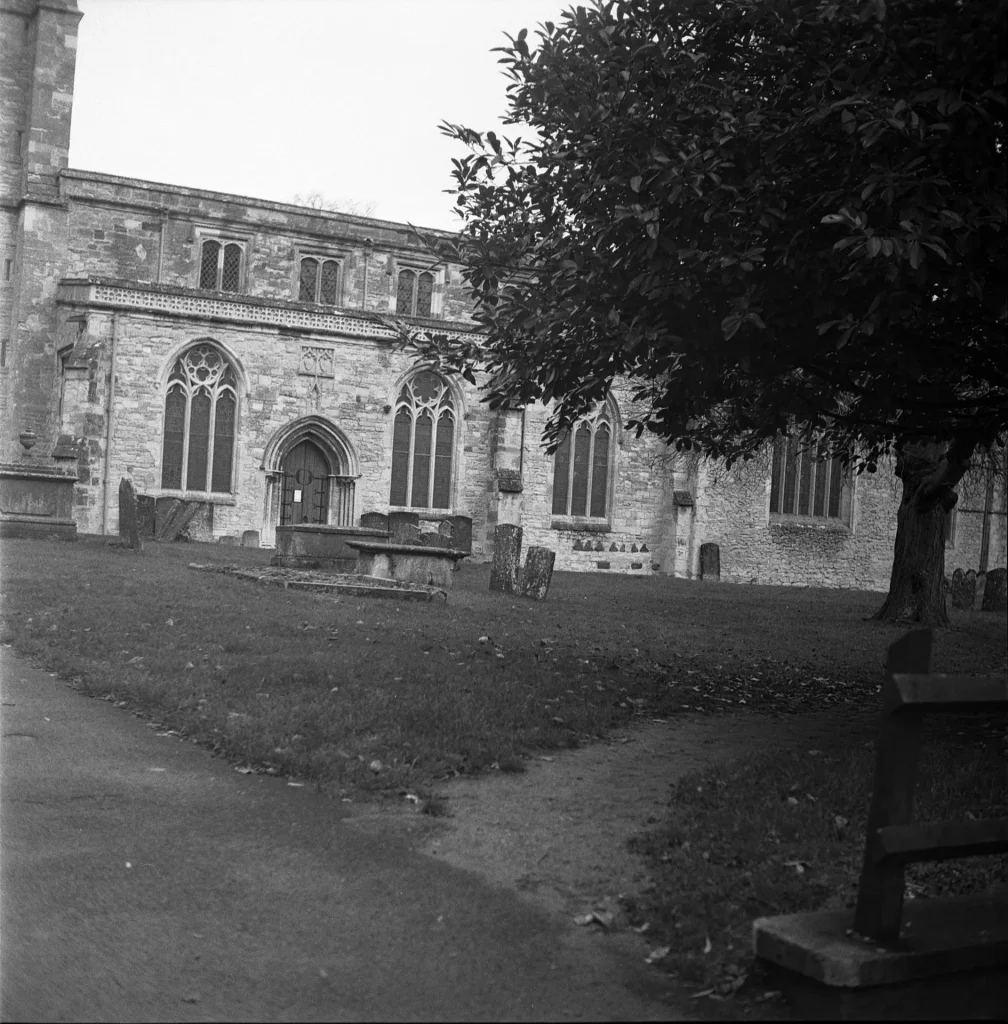
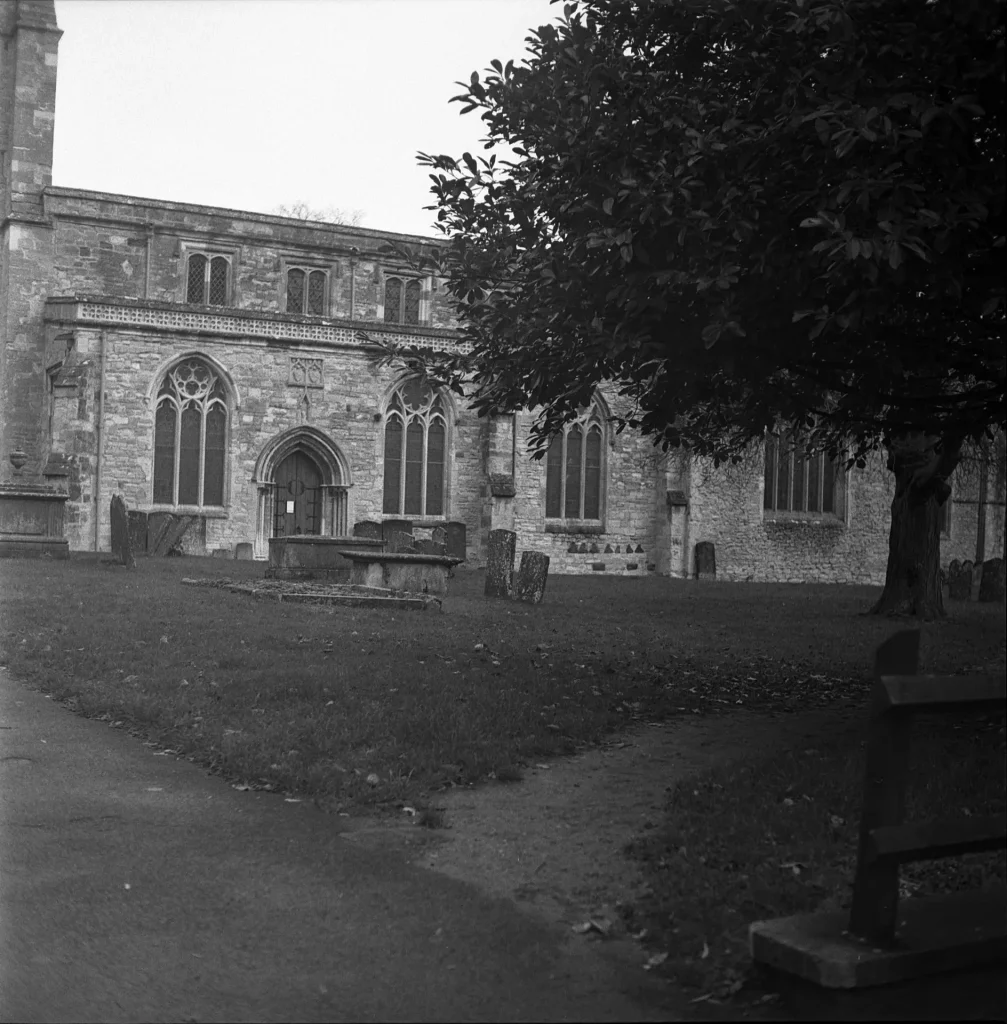
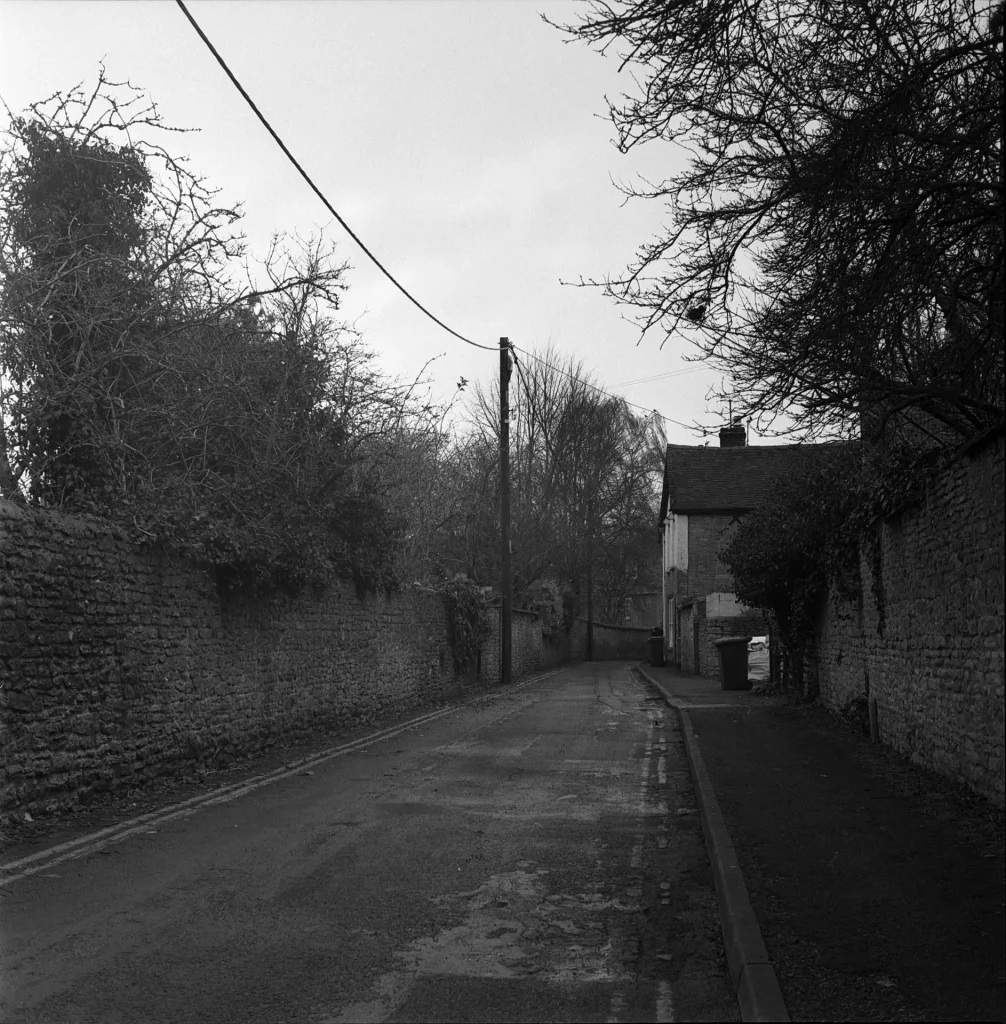
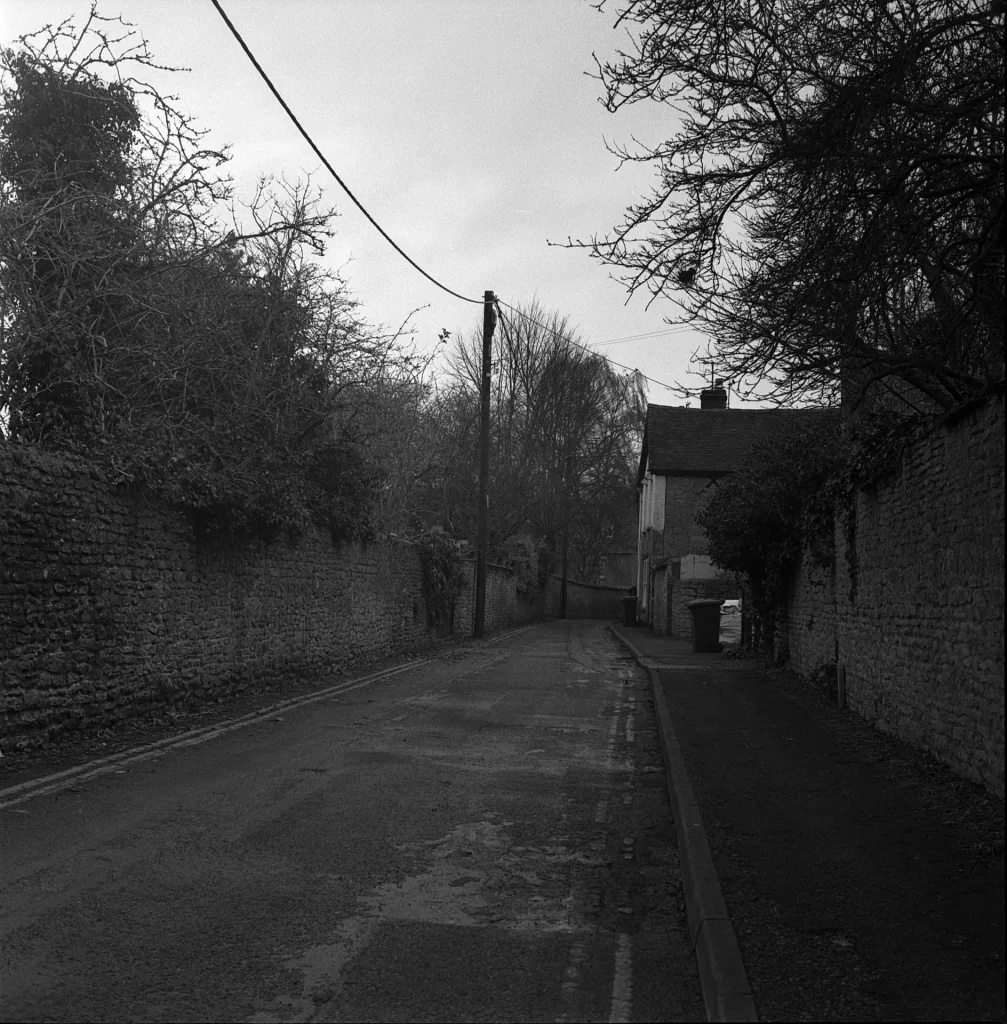
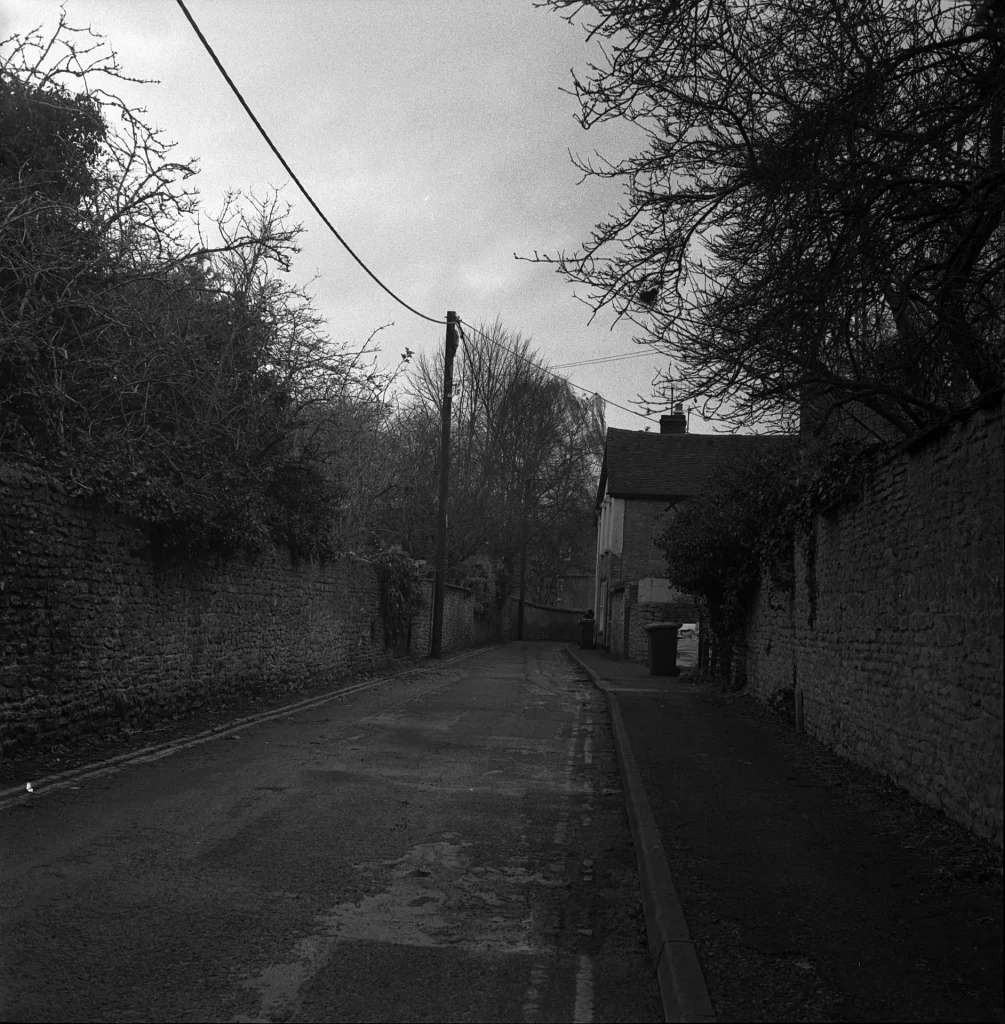
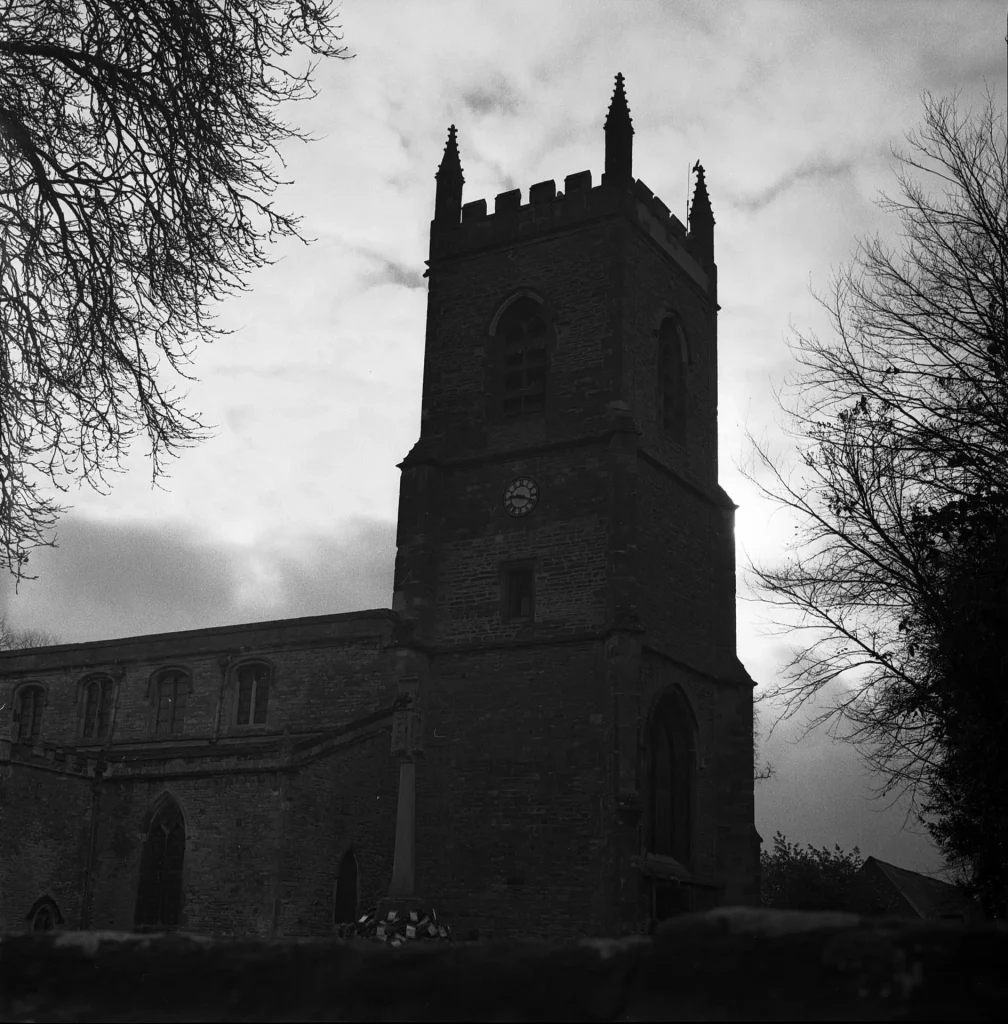
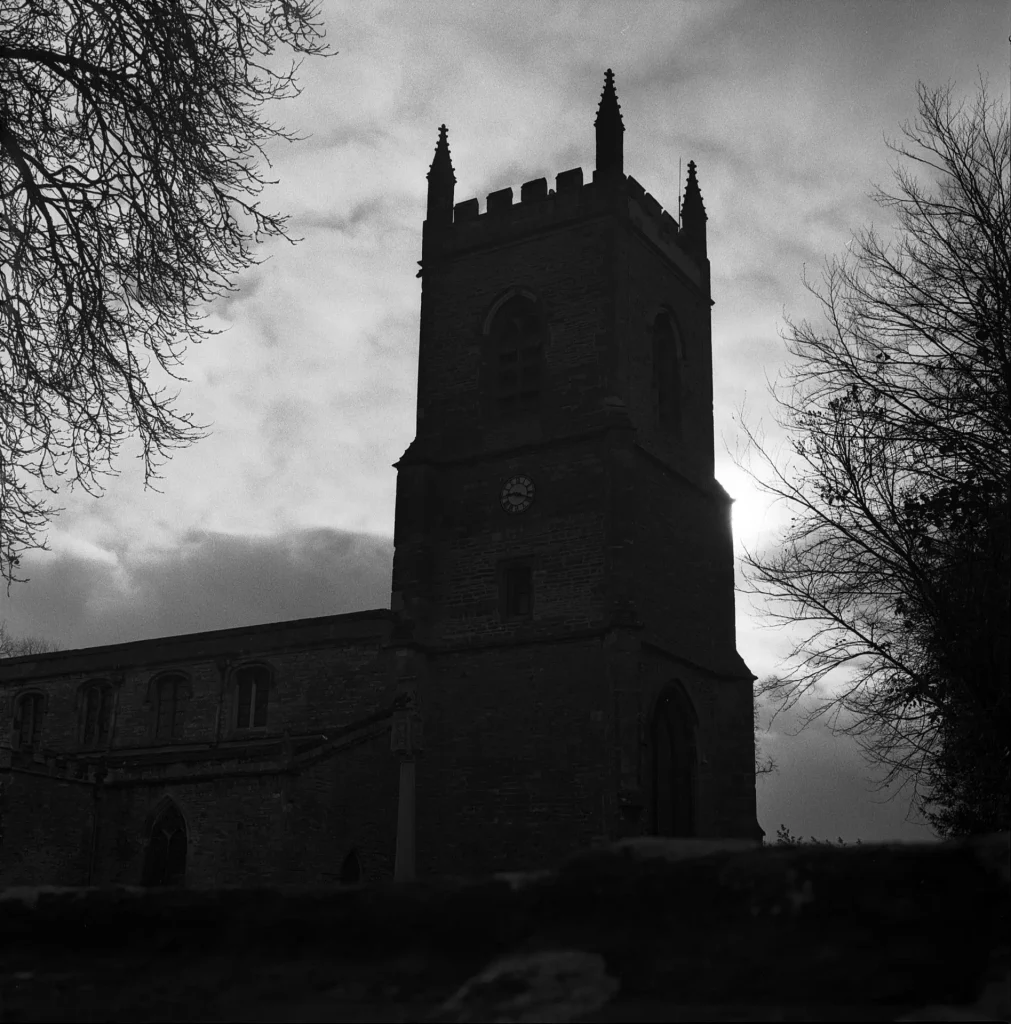
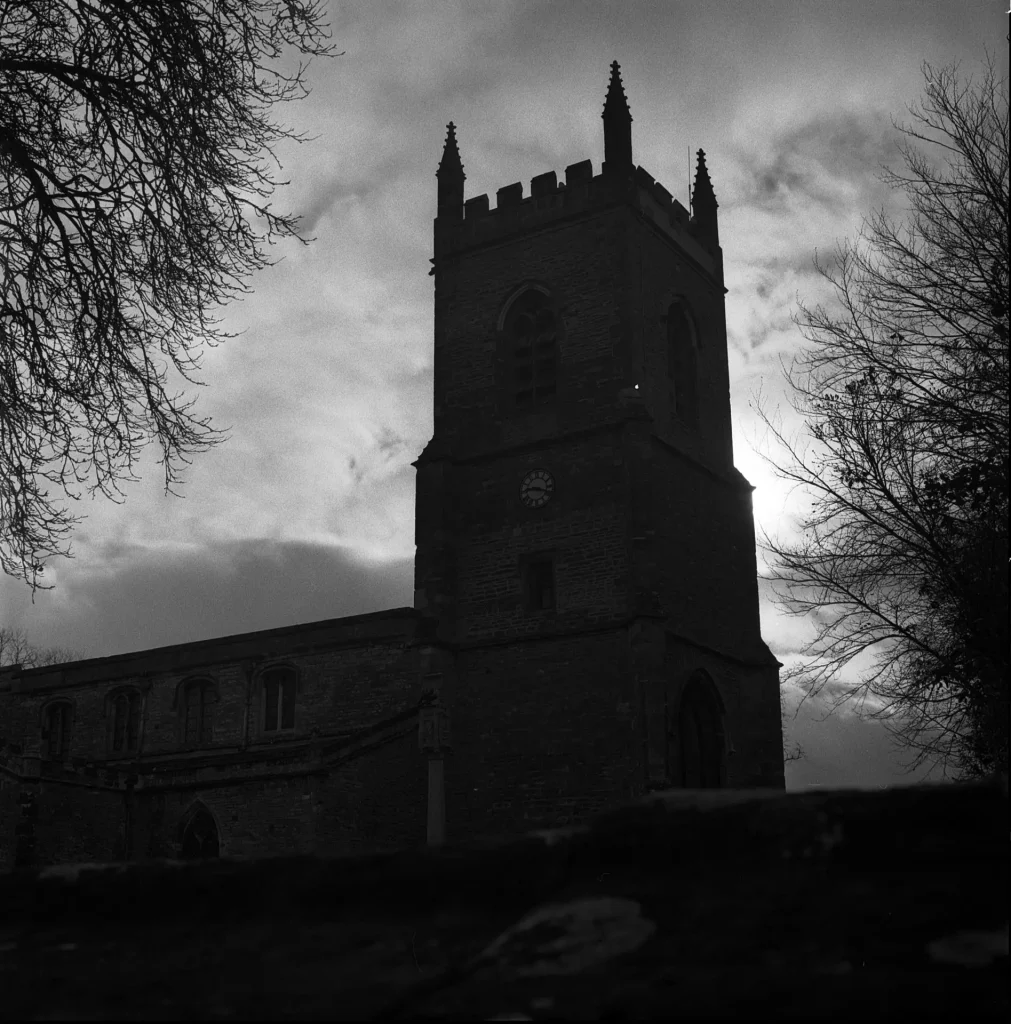
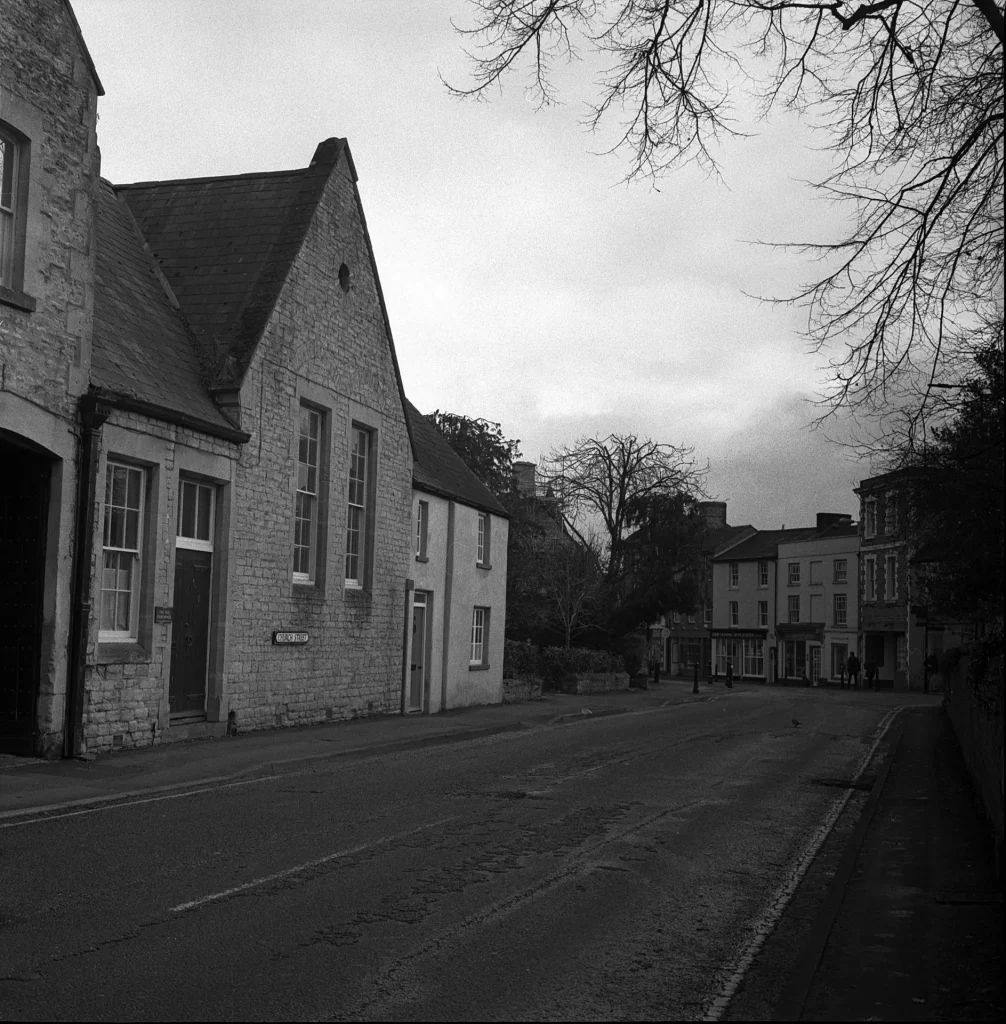
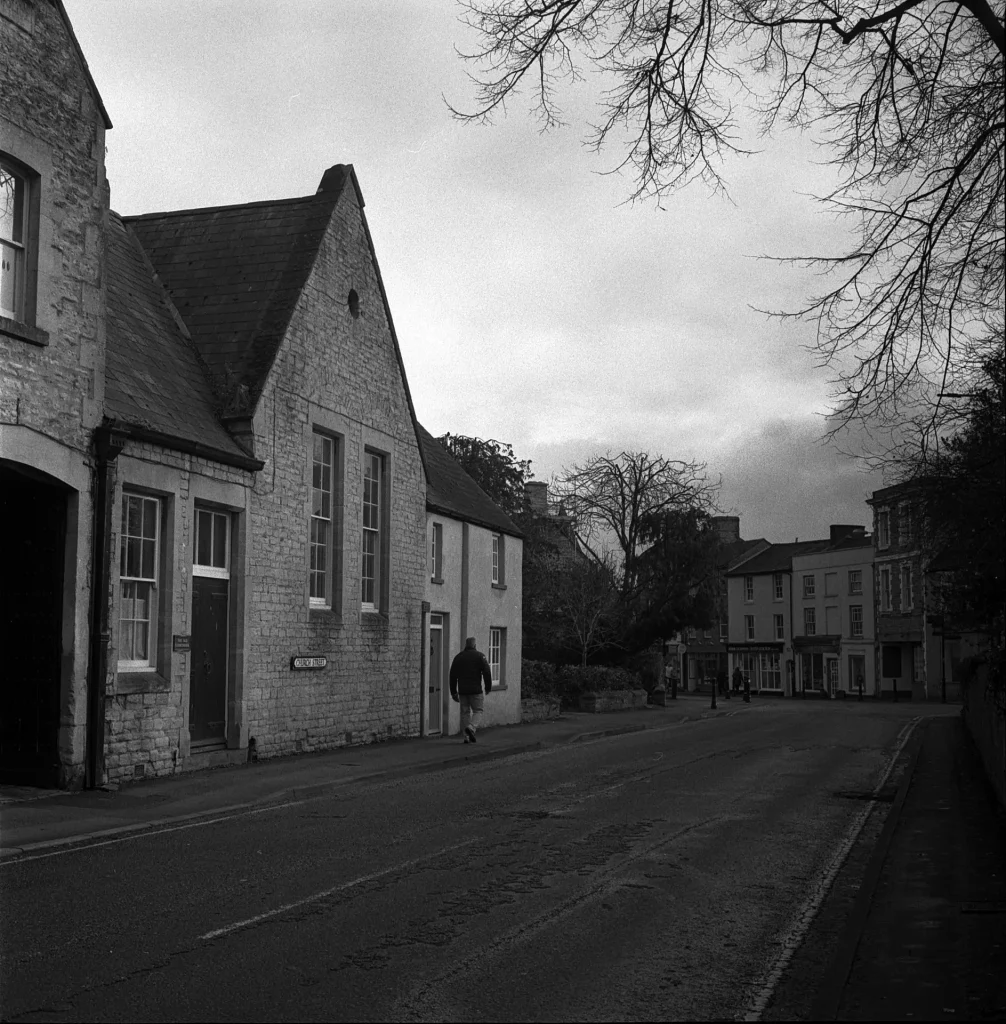
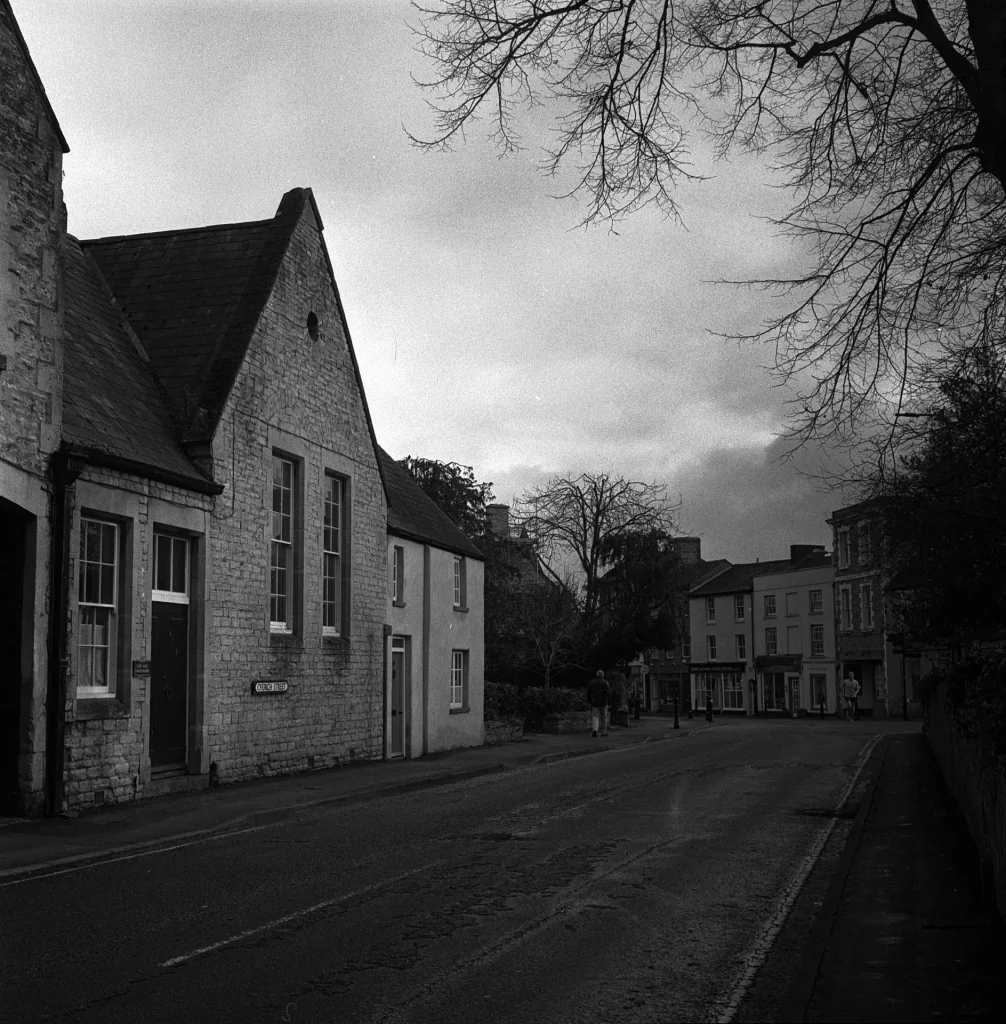
I have to say, this test, reinforced my love for Ilford FP4. I love its tonality and sharpness. Looking at the results, I really like the images metered at 200 ISO, quite sharp and decently contrast images, in my opinion. I am not super happy with the 400 ISO images, but I suspect I could have developed for 70 minutes rather than 60 – or maybe I was just asking too much?
All the images included from the HP5, have a fair amount of grain. It seems to me that with stand development, the grain is more accentuated. Some images are quite dark, I suspect it was because I did not manage the metering very well, especially in the clock tower. I had the sun just in front of me so it probably impacted the meter reading
If you fancy, you can check out my Instagram or twitter.
You can read more about my journey into shooting film here.
Cheers,
Andrea
Share this post:
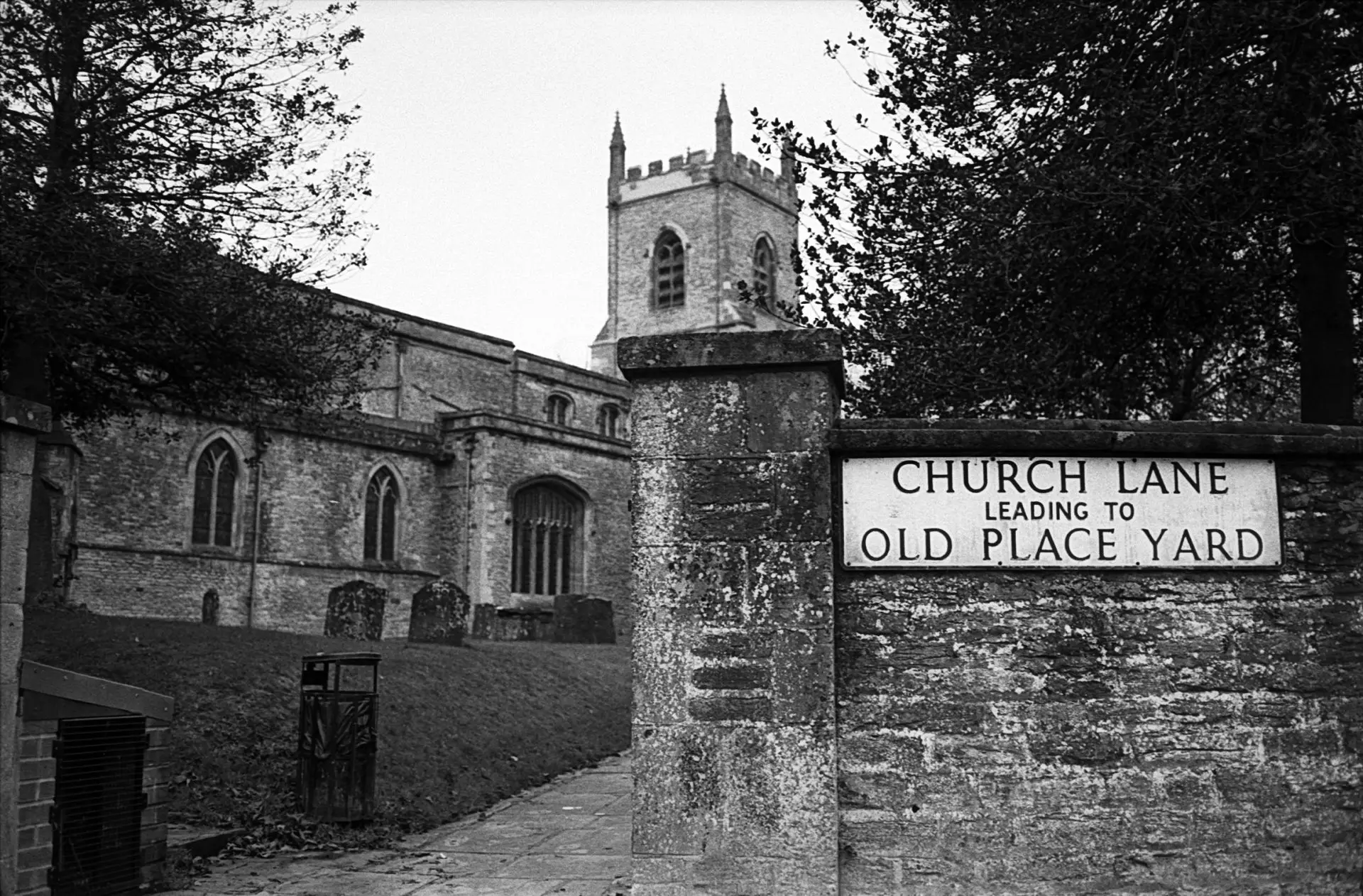








Comments
Eric Norris on Stand development Follow Up – My First Steps into Analogue – Part 8 – By Andrea Bevacqua
Comment posted: 14/12/2020
Comment posted: 14/12/2020
Huss on Stand development Follow Up – My First Steps into Analogue – Part 8 – By Andrea Bevacqua
Comment posted: 14/12/2020
I like being done with developing in 6 minutes!
Comment posted: 14/12/2020
Rock on Stand development Follow Up – My First Steps into Analogue – Part 8 – By Andrea Bevacqua
Comment posted: 15/12/2020
Comment posted: 15/12/2020
Bob Janes on Stand development Follow Up – My First Steps into Analogue – Part 8 – By Andrea Bevacqua
Comment posted: 15/12/2020
The whole concept seems great to me, but it unnerves me to be leaving the tank alone for so long - I'm using R09, which is supposed to suffer less from the bromide drag effect...
Comment posted: 15/12/2020
Rock on Stand development Follow Up – My First Steps into Analogue – Part 8 – By Andrea Bevacqua
Comment posted: 15/12/2020
Cinema film but looking back at my notes I reckon that one was a monobath. I will email you some examples later, especially where I have streaks.
I haven't managed 120 yet as I keep messing up the reel loading in the dark bag! When I do get around to stand developing my medium format, I have FP4 , Delta 100 and Lucky SHD in the fridge.
Comment posted: 15/12/2020